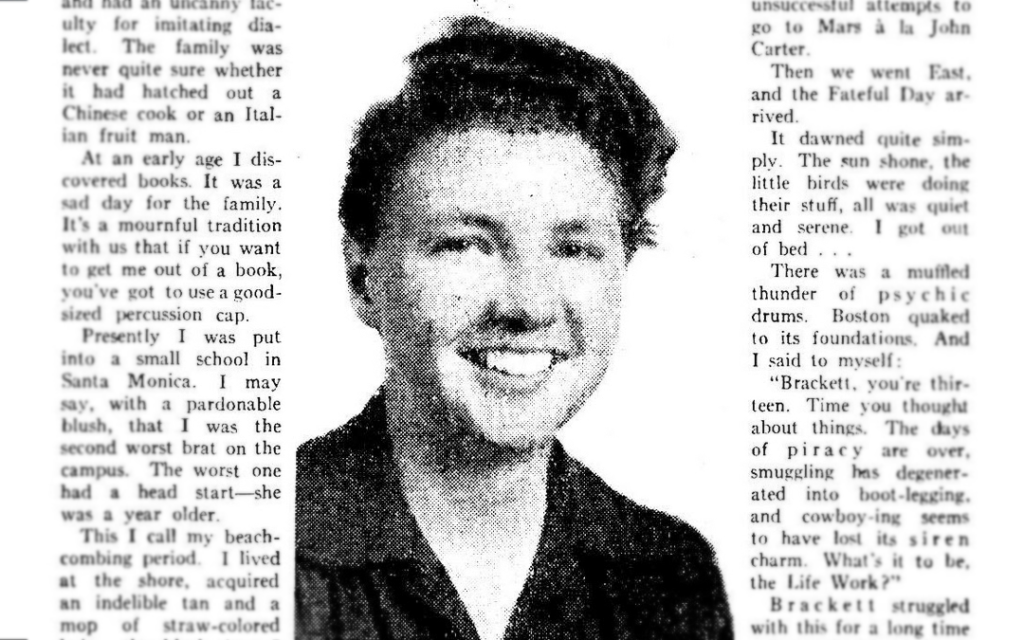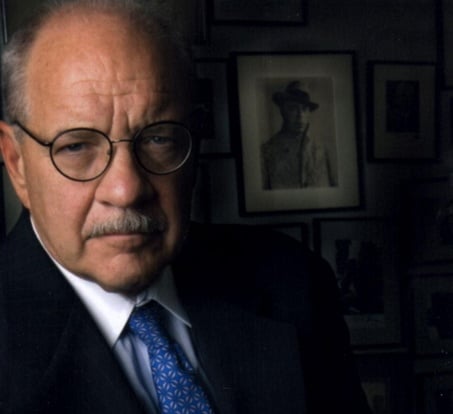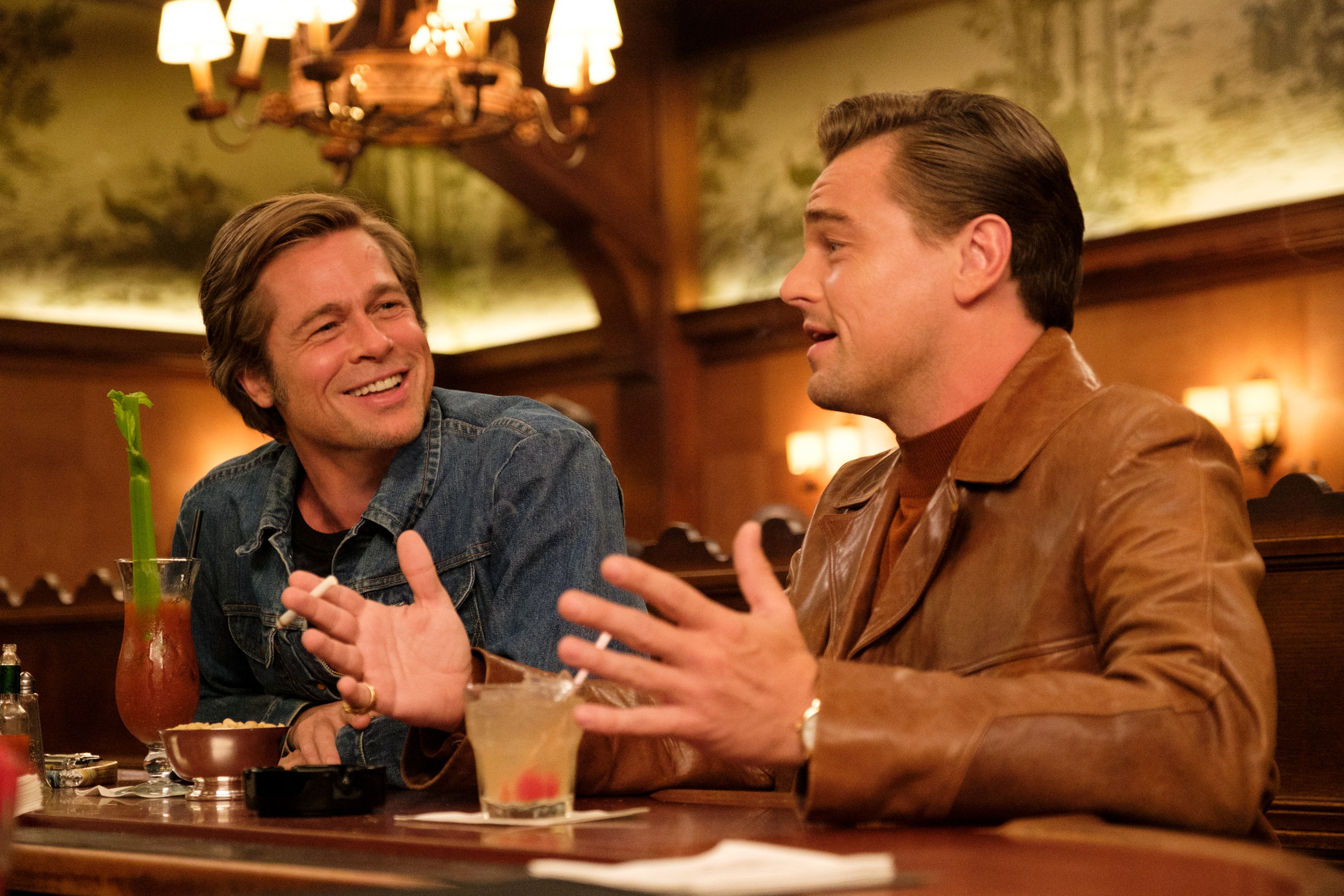Screenwriting Homage Vs. Screenwriting Stealing
April 25, 2023
Many screenwriters like to insert homages to past films into their screenplays, but the king of the cinematic homage has to be Quentin Tarantino.
His references to other films within his films are so pronounced, they’re almost always cited whenever people discuss his work. In my article, "How Watching Movies Taught Quentin Tarantino", I wrote about how Tarantino used his influences to develop his voice and storytelling. I also wrote about how aspiring screenwriters should do the same when trying to find their voice and they should make use of their influences. You shouldn’t shy away from making your own homages. If it worked for Tarantino, it can work for you, right?
But sometimes there’s a fine line between an homage and outright stealing.
How exactly do you discern the difference?
Where is the line and how do you avoid crossing it when writing your screenplay?

Mix Your Influences
First and foremost, don’t take too much from another film, especially from the same film. If you’re taking too much from a single film, you’re more likely to cross that line from homage to theft. For example, Todd Philips and Scott Silver’s Joker didn’t just take from one Martin Scorsese film, but two of them: Taxi Driver and The King of Comedy. In addition they were also influenced by Frank Miller’s The Dark Knight Returns and Alan Moore’s The Killing Joke graphic novels. As a result, Joker isn’t simply a Martin Scorsese ripoff with clown make-up; it’s more of a Scorsese/Miller/Moore mashup and that’s enough to make the film its own twisted thing.
Quentin Tarantino often takes from various older films and many of which are from different periods, different genres, and in some cases, different countries. The end result is the cinematic equivalent to a sample laden hip-hop album (e.g., the Beastie Boys’ Paul’s Boutique); Tarantino is like a DJ mixing up so many different influences that the end result is something new. The Kill Bill films are probably the best example of this, including homages to Spaghetti Westerns, Hong Kong kung fu and Japanese samurai films, Anime, French New Wave, Giallo horror films, Brian De Palma style thrillers and Sam Peckinpah style action films (and that’s just scraping the surface).
The influence Akira Kurosawa’s The Hidden Fortress had on George Lucas and the original Star Wars is often cited by film scholars, but similar to Tarantino, Lucas mixed in several other influences, ranging from Arthurian legend, J. R. R. Tolkien’s The Lord of the Rings, Westerns, Fritz Lang’s Metropolis, old Sci-Fi serials (e.g., Buck Rogers and Flash Gordon), news footage of War World II dogfights, and at-the-time recent Sci-Fi features like 2001: Space Odyssey and the Planet of the Apes series. Wow! That’s a lot of influences!
You don’t create something like Star Wars in a vacuum.
In all of these above scenarios, the writers mixed enough influences to create something original.
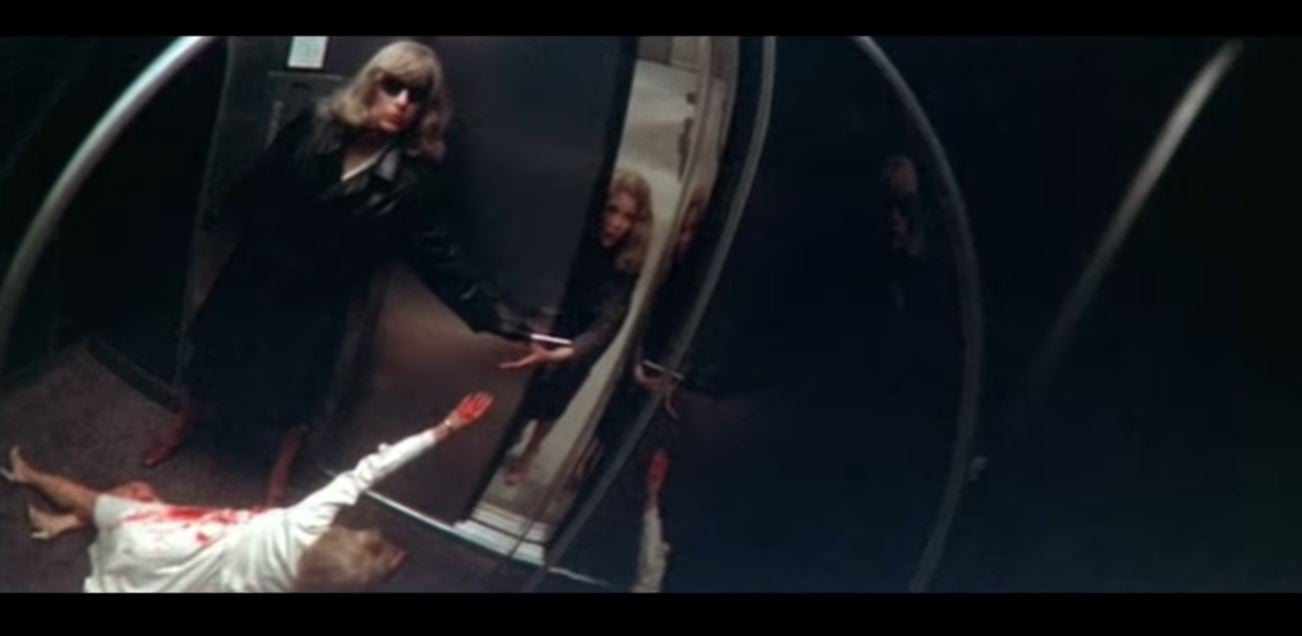
Add Some Reality into the Mix
In my article “Inserting Your Personal Life Into Your Screenplay”, I wrote about how a writer shouldn’t be afraid to insert their personal life into their screenplay and how it can enhance their storytelling and characters. It’s also another way of balancing out your cinematic influences. For example, Brian De Palma’s Dressed To Kill is loaded with references to Alfred Hitchcock’s Psycho, but De Palma also mixed in numerous aspects from his personal life, resulting in a film that wasn’t just an academic exercise but also highly expressive.
Likewise, Jordan Peele was heavily influenced by The Stepford Wives when writing Get Out, but he was also inserting a lot of things from his personal life. Since we’re all very different as people and all have unique life experiences, adding in autographical elements is sometimes enough to make something old something new again. This is also a good way to help develop your voice as a screenwriter. The more personal you make your writing, the more distinct it’ll be.
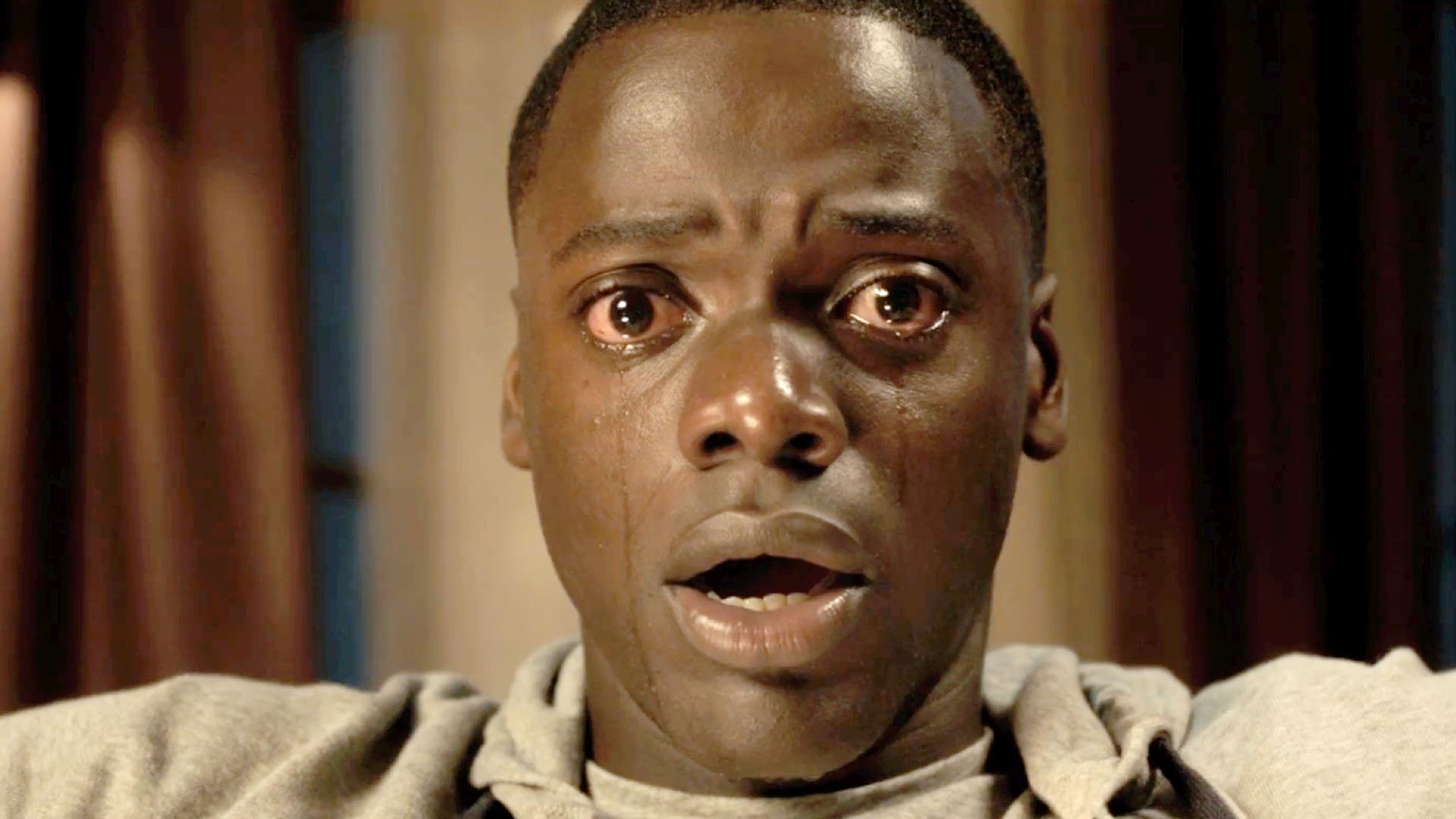
Update and Recontextualize
In addition to containing autobiographical threads, Dressed To Kill and Get Out also updated their respective influences and placed them into a new context. Dressed To Kill is a film that’s firmly post Sexual Revolution — whereas Psycho is on the cusp — and, as a result, there were many things De Palma could write about and show on screen that Hitchcock couldn’t have gotten away with in 1960. In the case of Get Out, Jordan Peele was not only telling a contemporary story, but being a man of mixed-race and creating an African-American protagonist resulted in a different dynamic than The Stepford Wives and he tackled different themes (racial themes as opposed to gender-related).
Oftentimes updating the time period or changing the point-of-view is enough to make something an homage as opposed to stealing. When a writer does this and does it well, it’s more like they’re having a conversation with one of their favorite films as opposed to copying it; this is how De Palma viewed his relationship with Hitchcock’s work. French New Wave auteur Jean-Luc Godard similarly referenced films and other artistic works that had inspired him, but he didn’t simply do “a namecheck:” he’d have a dialogue with these works and by doing so, they were given a fresh perspective.
The big question a writer should ask themselves when inserting something from another film into their screenplay is “How can I use this but still be writing something original?” The answer to that question will help you decide whether it’s an homage or stealing. If you’re taking a big chunk of somebody else’s work and not doing anything new with it, you should probably rethink it. However, if you’re mixing in other influences, adding a personal spin, or updating and recontextualizing the content, you should be in the clear.
Like with Star Wars, nothing is created in a vacuum and our influences help define us and give us a foundation to build upon. How much you decide to build upon that foundation will make the difference between homage and stealing. It can also lead you to some unexpected and uncharted territory.
It’s about using your influences to define your voice as a writer and tell new stories.
While at the same time, giving a “tip of the hat” to what inspired you in the first place.
Written by: Edwin Cannistraci
Edwin Cannistraci is a professional screenwriter. His comedy specs PIERRE PIERRE and O’GUNN both sold with more than one A-list actor and director attached. In addition, he’s successfully pitched feature scripts, TV pilots and has landed various assignment jobs for Universal, Warner Bros, Paramount and Disney.- Topics:
- Discussing TV & Film


